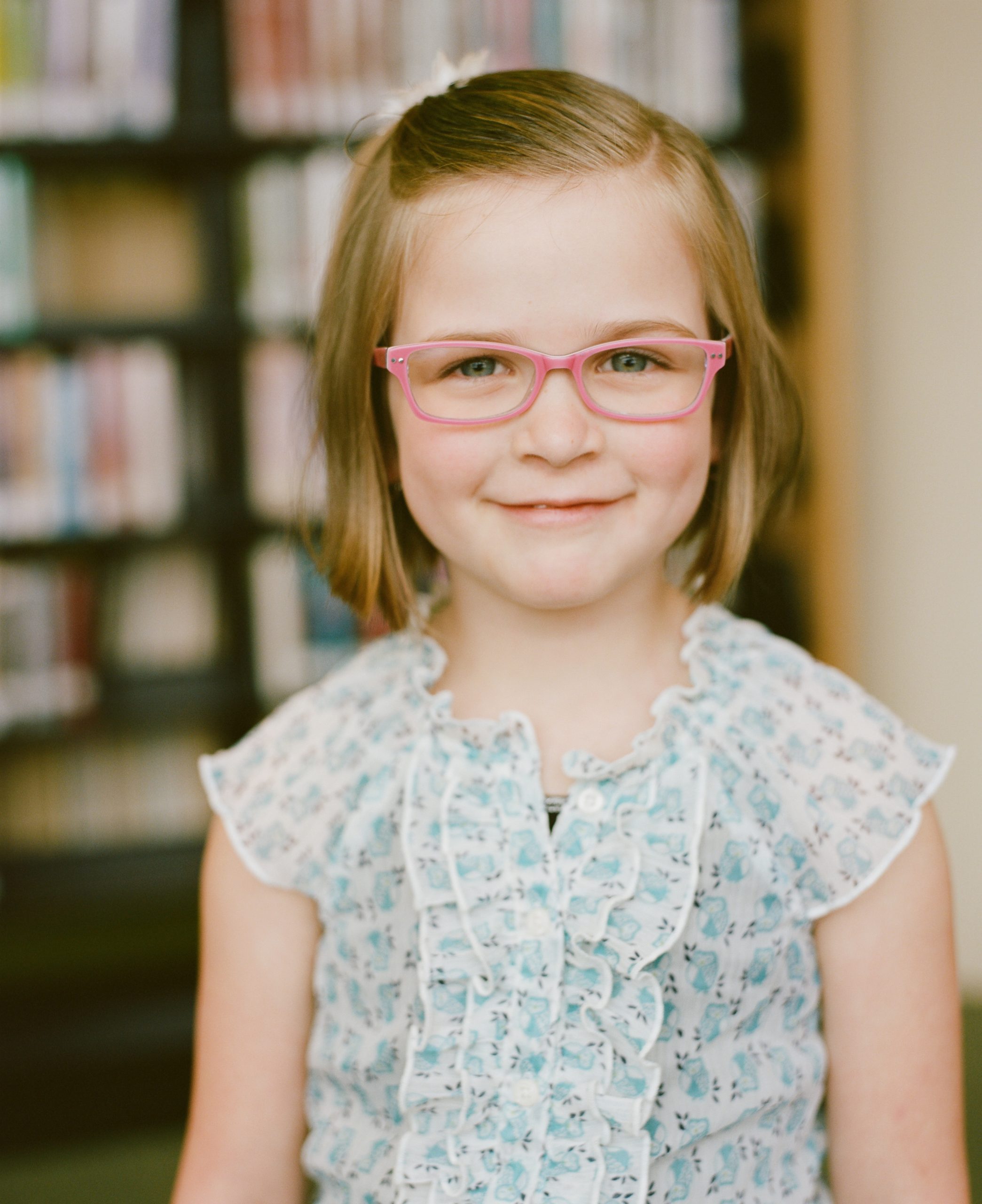Vision Milestones Plus How to Know if Your Child Has Vision Problems
It isn’t until our later years when we start to lose our vision that we often think of just how important good vision is. But the truth is, good vision is important even in our youth.
Here is everything you need to know about your child’s vision plus how often they should have an eye exam.
Importance of Good Vision In Our Youth
Children’s vision, just like an adult’s, is a complex combination of the brain, the eyes, and an array of nerves that connect the two. Healthy eyes and good vision are vital to many important milestones in your child’s life. Visual information is crucial for hitting development, or growth, milestones for babies. These development milestones are dependent on the strength of their visual skills, allowing them to focus on objects, imitating, learning, playing, and more.
Later in their youth, good vision also allows children to succeed at school. When they can clearly see what is written on the board, they spend more time focusing on the lesson instead of trying to decipher what has been written for them.
Milestones in Children’s Vision
At birth, your child’s visual system is still immature, and it will continue to develop throughout their early years. Here are the visual milestones you can expect.
Birth to 2 Months: A newborn baby will have poor eyesight. In the first few weeks, they are most likely only seeing in contrast. It is normal for babies to go cross-eyed while looking at things, or react to bright lights of fast visual changes. As their eye muscles get stronger with these new visual stimuli, their eyes and head will move together and tears begin to form in this stage.
2 to 6 Months: At this stage, your baby will begin to focus on your face and recognize facial features. They will also begin to track movement and respond to facial expressions.
6 to 12 Months: At this age, your baby will be eager to see the world around them. They will be able to move their eyes without moving their entire head and start to inspect things and people more closely. They will also be able to see many different colors at this stage.
1 to 2 Years: Your child will be able to point at objects, inspect items without necessarily holding them, and be able to differentiate colors more accurately.
2 to 4 Years: Better hand-eye coordination will allow your child to color in more defined areas, rather than scribble. They may also be able to blink on purpose or wink. They will also begin to show a preference for a favorite color.
4 Years and Up: The visual system is much more mature at this age, giving them better hand-eye coordination. By now you’ll have noticed your child can roll their eyes in an expressive way.
How Often Should Your Child Have an Eye Exam?
It is essential that your child should have a complete visual evaluation before entering kindergarten or first grade. During these first years of schooling, children are learning how to read and write, making good vision essential to their success.
After the first examination, your child should have an annual vision examination. Vision can change rather quickly, especially for children and adolescents. Good vision skills directly relate to lifelong success, so regular exams are key to your child becoming a well-rounded and independent adult!
How to Know if Your Child Has Vision Issues or Needs Glasses
Fortunately, vision problems in babies and young children are rare. However, if you notice that your child is not hitting the visual development milestones mentioned above or they are having difficulty in school that is not related to a learning disability, you should make an appointment with an optometrist to have your child’s vision and eye health checked.
Are you looking for a top-rated family eye doctor in Castle Pines, Lakewood, or Castle Rock? Black Diamond Eye Care offers comprehensive and complete family eye care services using advanced eye care technology. Schedule your next eye exam online today!




